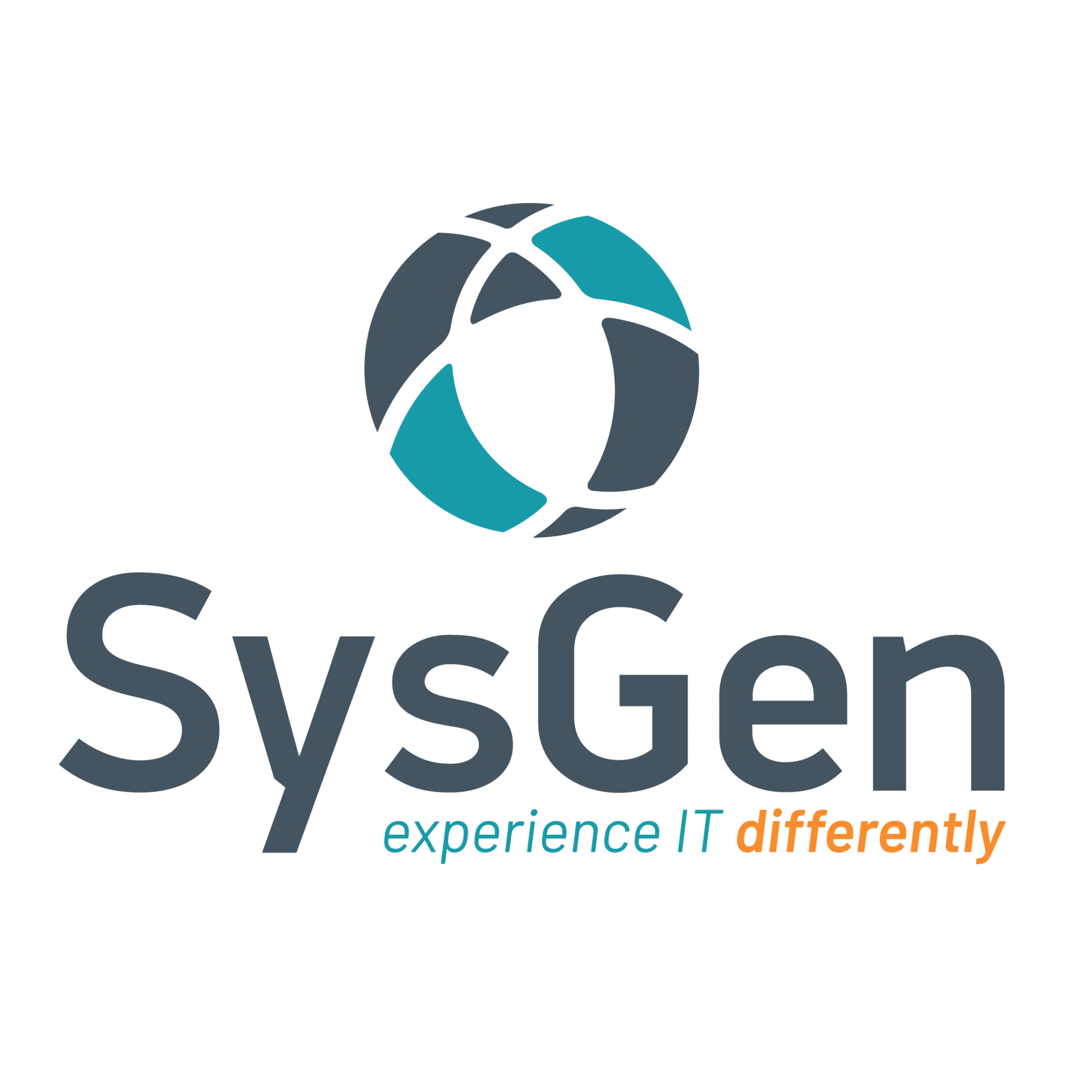Canadian businesses are under constant pressure to evolve digitally. To remain competitive, many organizations are adopting cloud computing and hybrid IT solutions as part of their digital transformation strategies. Whether you’re managing a small business in Alberta or leading an enterprise in British Columbia, adopting cloud-based technologies enhances operational efficiency, strengthens cybersecurity, and provides better control over IT spending. In this article, we explore the advantages of cloud storage, explain hybrid IT in simple terms, and provide a roadmap to help Canadian businesses transition to the cloud.
What Is Cloud Storage and Hybrid IT?
Before exploring the benefits, it’s essential to clarify the terms of cloud storage and hybrid computing. Cloud storage enables businesses to store and access data over the internet, eliminating the need for physical servers located on-premises. It offers flexible access, seamless scalability, and powerful redundancy, making it a go-to solution for organizations with growing or fluctuating data needs. Hybrid IT, on the other hand, blends the best of both worlds. It combines traditional on-site infrastructure with public or private cloud platforms like Microsoft Azure, AWS, or Google Cloud. This mix gives businesses the freedom to run mission-critical apps on-prem while leveraging the cloud’s scalability and performance for everything else. This model is especially appealing in Canada, where regional infrastructure, bilingual operations, and data residency requirements often demand flexibility and compliance all in one solution.
Why Does Cloud Storage and Hybrid IT Matter for Canadian Businesses?
Cloud and hybrid IT models offer distinct advantages, especially for businesses navigating unpredictable markets and growing digital demands.
1. Scalability and Flexibility
In the past, expanding your IT capacity meant purchasing expensive hardware, planning for months, and allocating space in a data center. Now, cloud platforms make it possible to scale resources up or down on demand. Take, for example, a manufacturing company in Alberta. By keeping its ERP systems on-prem for performance, and moving backups and analytics to the cloud, the company creates a hybrid setup that reduces costs while keeping operations agile. Whether it’s onboarding seasonal staff or responding to market shifts, hybrid IT makes it easier to pivot quickly and affordably.
2. Enhanced Cybersecurity Protection
Data breaches are on the rise globally, and unfortunately, Canada is no exception. With hybrid IT, you can take advantage of built-in security features like end-to-end encryption, multi-factor authentication, and real-time monitoring. Plus, sensitive data can be segmented and encrypted across both local and cloud environments, reducing exposure. There are also best practices to follow. Encrypting data in transit and at rest, using role-based access tools, maintaining regular backups, and keeping software up to date are all essential. Partnering with a Canadian Managed IT Services Provider (MSP) can also strengthen your cybersecurity posture, helping you stay compliant with national regulations like PIPEDA.
- Encrypt data in transit and at rest: You and your team must always use encryption to protect sensitive information.
- Use identity and access management (IAM) tools: Limit access to critical systems based on roles.
- Regularly back up your data: Ensure business continuity in the event of an attack or data loss.
- Patch and update software consistently: Whether cloud-based or on-prem, keeping systems current is key to avoiding vulnerabilities.
- Work with a Managed IT Services Provider (MSP): They can help monitor threats 24/7 and ensure compliance with Canadian data regulations. With cybersecurity integrated into your cloud strategy, you protect not only your systems but also your reputation.
3. Cost Optimization: Save Now, Earn More Later
Making the move to cloud or hybrid doesn’t have to be overwhelming. A thoughtful, phased approach can help you modernize without disrupting your day-to-day operations.
The first step? Assess your current IT setup. What are your most critical systems? Where are your biggest risks or inefficiencies? Identify what needs to stay on-prem and what can be safely and cost-effectively migrated to the cloud. Next, choose the right cloud model for your business needs. Public clouds are great for cost savings and flexibility, while private clouds offer greater control and compliance. Hybrid clouds give you both, especially valuable in regulated industries like healthcare, finance, or legal. Partnering with a Canadian IT provider is also key. Look for MSPs with data centers in Canada (to meet residency laws), experience in your sector, and bilingual support if you operate in both English and French-speaking regions. And, don’t forget to train your team; technology is only as good as the people using it. Cloud-specific training, security awareness sessions, and clear internal communication will ensure your employees feel confident and capable throughout the transition.
How To Get Started With Cloud Storage & Hybrid IT
Transitioning to cloud or hybrid computing doesn’t have to be overwhelming; with a thoughtful, phased approach, your business can modernize its infrastructure while minimizing disruption. Therefore, understanding your business’s baseline helps prioritize what to move to the cloud and when. So, here’s a roadmap to guide your journey:
1. Assess Your Current IT Environment
Start with a full audit of your existing infrastructure:
- What are your data storage, processing, and backup needs?
- Which systems are mission-critical and require high availability or low latency?
- Are there legacy systems that may need modernization or custom integration?
- Evaluate your cybersecurity posture; are your current protections enough for a more distributed IT model?
2. Identify the Right Cloud Model
Not all cloud environments are the same. Determine what works best for your business:
- Public Cloud: Cost-effective, scalable, and great for less sensitive workloads.
- Private Cloud: Offers more control and is ideal for industries with strict data security or compliance needs.
- Hybrid Cloud: Combines both models for flexibility, ideal for businesses balancing innovation with regulatory demands.
- Consider compliance requirements like PIPEDA or sector-specific mandates (e.g., HIPAA, FINTRAC), especially for businesses handling personal or financial data in Canada.
3. Partner with a Trusted Canadian IT Provider
As a business, choosing the right IT partner for support and solutions is critical; without the right business partner, it can present a challenge to achieve your business goals. Here are some tips on finding the right MSP for your IT partner:
- Look for providers with Canadian data centers to meet data residency regulations.
- Ensure they offer bilingual support if your business spans both English and French-speaking regions.
- Seek experience in your specific industry, whether it’s healthcare, legal, logistics, retail, or finance. While most MSPs can offer support in all industries, some of them tend to cater to specific industries and focus on honing their skills and resources accordingly.
- A good partner will not only migrate your systems, but they’ll help optimize them for your business’s long-term success.
4. Develop a Phased Migration Plan
Avoid rushing to move everything at once to the cloud. It’s important to start small by choosing a non-critical application or department to migrate first, such as Marketing or HR. Once this is done, it’s good to evaluate the migration results by reviewing performance, security, and user experience. Gradually scale the migration project by moving more workloads once the pilot proves successful. This approach reduces risk, builds confidence, and allows your team to gradually adapt to the migration.
5. Train Your Team
The reality is, technology is only as strong as the people who use it, which is why training your team is critical. Employers must provide cloud-specific training for IT staff and end-users, and include cybersecurity awareness programs to reduce the risk of human error (like phishing or unsafe data sharing). As business owners, you should also empower your teams with the right resources and support during and after the transition.
6. Monitor, Optimize, and Evolve
Even though your business’s data has been migrated, it doesn’t end there – it’s important to continue using cloud analytics tools to monitor usage and costs. Your team can continuously optimize workloads for performance and savings, remain informed on emerging security threats and update your strategy as needed. Most importantly, you need to regularly review your setup to ensure it evolves with your business needs and your team.
Final thoughts
In essence, cloud storage and hybrid computing are more than just tech trends; they’re strategic assets that can empower Canadian businesses to grow, adapt, and compete on the global stage. Starting from enhanced security, cost savings, to unmatched scalability and resilience, the benefits of adopting cloud storage for your business are crystal clear. As industries continue to evolve, businesses that embrace these technologies today are setting themselves up for a more agile, secure, and profitable tomorrow. Learn how cloud or hybrid solutions can transform your business, and SysGen is here to help. Need help taking the first step? Partnering with IT experts who understand your region and industry can make all the difference. Let us help you build a cloud strategy that supports your growth today and in the future.
Connect with our Digital Advisory team today!



